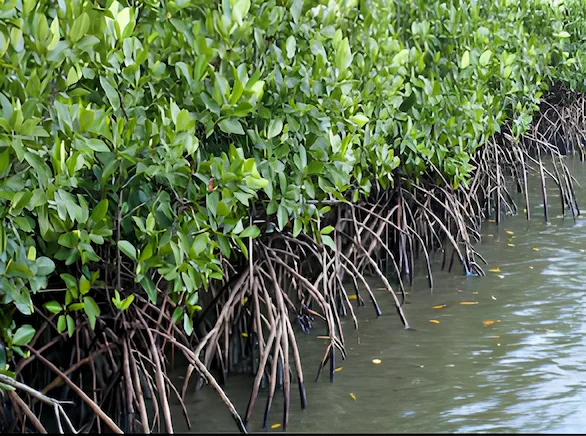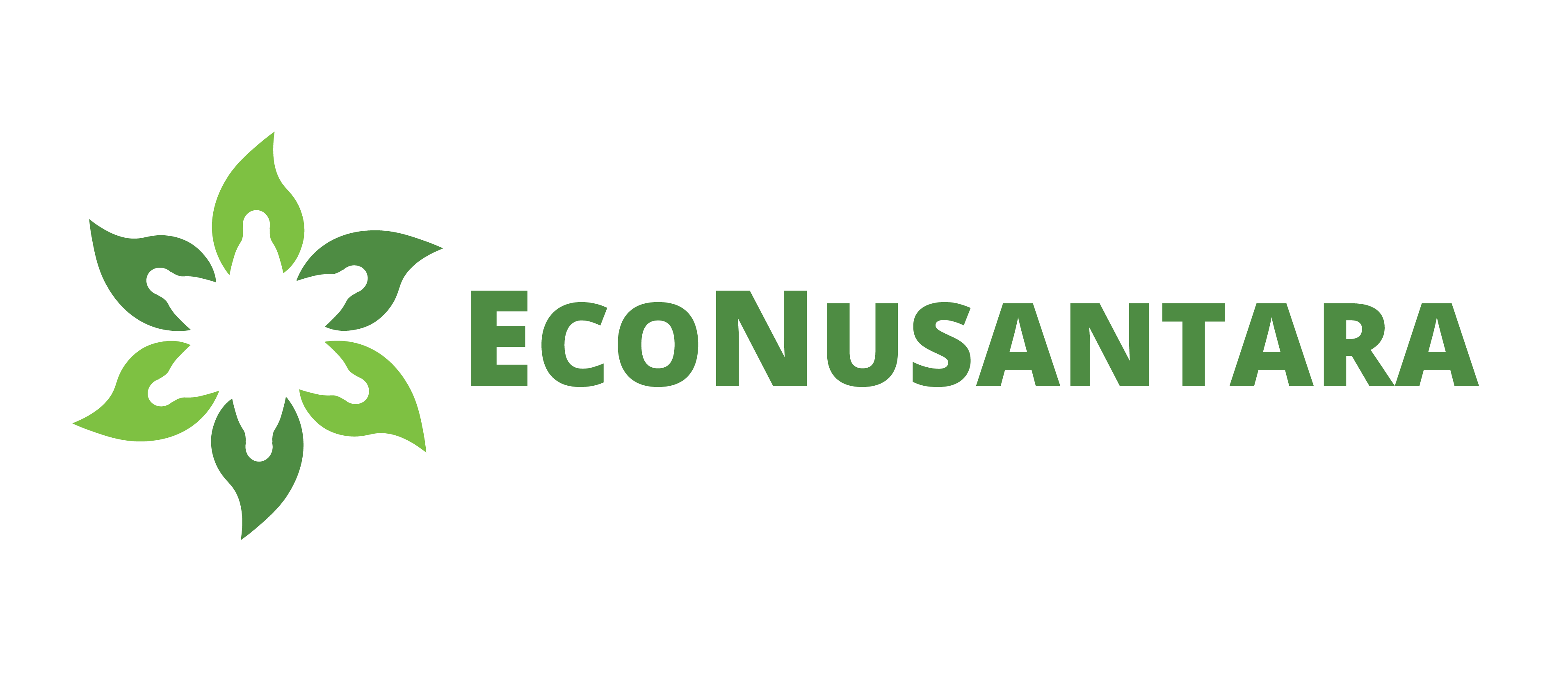Recently, the global community has begun to look at another option of the environmental service compensation scheme, namely the “biodiversity credit”. The biodiversity credit scheme became popular after the 2022 Kunming-Montreal Global Biodiversity Framework (the 2022 Kunming-Montreal Global Biodiversity Framework = GBF). Although similar concepts have existed before, this international agreement is a major catalyst for the emergence of a voluntary biodiversity credit market. Here is a brief chronology of the market development.
It is rooted in biodiversity compensation during the 1990s period. The concept of trading in environmental products is not new. Jurisdiction-based schemes, such as wetland mitigation banking in the US and biobanking in Australia, have been around for decades, although their structure and purpose differ from current voluntary credit. An important turning point occurred at the 15th Conference of the Parties (COP15) of the Convention on Biological Diversity in December 2022, where nearly 200 countries adopted the GBF with an agreement to: (a) set ambitious targets to halt and reverse biodiversity loss by 2030; and (b) propose “innovative schemes such as biodiversity compensation and credits” to help raise the necessary private funding.
Since 2022 there has been a surge in interest and activity, where GBF’s explicit reference to biodiversity credits created a new wave of initiatives and accelerated existing efforts. For example, the emergence of new alliances and frameworks, such as the World Economic Forum, the Alliance for Biodiversity Credit (BCA), and the International Advisory Panel on Biodiversity Credit (IAPB), which launched initiatives to explore and develop guidelines for markets. Then, pilot projects sprang up: Many new projects and companies, such as Wilderlands in Australia and Terrasos in Colombia, began issuing and selling the first voluntary biodiversity credits. Apparently, the voluntary market has been growing steadily, with initial sales figures reported from 2020 onwards, but with an increase in post-2022 activity.
Currently, the voluntary biodiversity market is still in its early stages, and still faces challenges in standardization and verification. However, key developments, including the launch of the world’s first voluntary biodiversity market legalised by Australia by Australia in 2025, signal continued growth. Perhaps it is also time for Indonesia to explore this biodiversity-based environmental service compensation scheme, considering that Indonesia’s biodiversity wealth is one of the highest in the world.

The Principles Behind Biodiversity Credit
The concept of biodiversity credit is still defined, as it is a nascent market. According to the Biodiversity Credit Alliance (BCA), “A biodiversity credit is a certificate that represents a measurable, evidence-based unit of positive biodiversity outcomes that is durable and incremental from what it should be”. There are a number of schemes that have emerged, and one of them establishes that biodiversity credits are financial instruments to support nature conservation, and cover some aspect of conservation activities or outcomes, in a given area, over a certain period of time.
Is biodiversity credit different from payment for ecosystem services (PES = Payment for Ecosystem Services)?
Payment for ecosystem services (PES) occurs when the beneficiary or users of ecosystem services make a payment to the service provider. In practice, this can be a series of payments in exchange for receiving an ecosystem stream of benefits or services. The basic idea is that whoever provides the service should be paid to do so.
The use of biodiversity credits has the potential to bring more flexibility and diversity into exchanges, and allows additional actors to participate by enabling the calculation of different values and services of all aspects of biodiversity. In summary, a buyer of biodiversity credit may not be an end user or a direct beneficiary of a particular ecosystem service, but may want to contribute to the protection of biodiversity.

What is the difference between biodiversity credits and biodiversity offsets?
In general, a “biodiversity credit” is an instrument that has the potential to be used in a variety of ways, while “offset” specifically refers to the use of a unit to meet regulatory requirements or to make claims (to the public or certain stakeholders) about what an organization, project, or product has achieved in terms of environmental performance. Traditionally, the term biodiversity offset has been used in a limited context as “a mechanism to address the negative impacts of residues on biodiversity caused by development projects”, and is defined by the use of a biodiversity mitigation hierarchy, with offsets being the last step after avoidance, minimization, and restoration measures.
Although still under debate, many proponents of biodiversity credits suggest that they should not be used to compensate for “direct” negative impacts on biodiversity i.e. not as offsets traditionally understood.
However, there is still a risk of confusion with the terminology, as sometimes the term “biodiversity credits” is used interchangeably with “biodiversity offsets” in the compliance market (which is intended to address negative impacts) as well as in the voluntary market. Active discussions about the exact terminology are still ongoing, but some practitioners suggest the terms “habitat banking” or “offset banking” for the mandatory market, and “voluntary biodiversity credit” for the voluntary market.
What is the difference between biodiversity credits and carbon credits?
Nature-based solutions of carbon credits have been on the market for some time, and in many cases positive impacts on biodiversity are considered “shared benefits” that are in addition to climate impacts. For now, these biodiversity benefits remain immeasurable, while they are often considered “premium” carbon credits and are typically sold at a higher price.
Biodiversity credits are not currently traded on any secondary market, so the validity period – or in carbon trading terms referred to as the “retire period”. While the validity period of a biodiversity offset unit in the compliance market is stipulated, the application of this concept in the voluntary biodiversity credit market is still unclear.
***

Currently, the measurement of biodiversity credits is still under discussion by global experts and practitioners. Many of the currently proposed biodiversity credit methodologies use measurements and indicators that revolve around: (1) species, ecosystems, threat levels, biodiversity significance, etc.; (2) the size of the area concerned; and (3) the time period in which the impact is achieved. However, there are no globally agreed guidelines.
Keep scrolling for the next section to understand the issues surrounding supply and demand, as well as market infrastructure.

